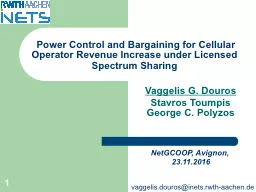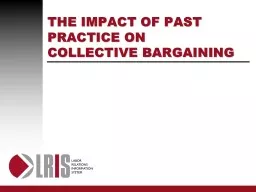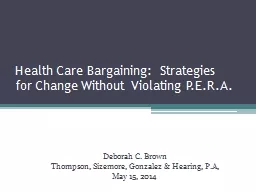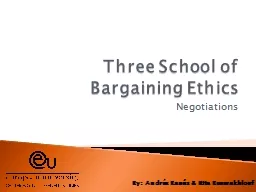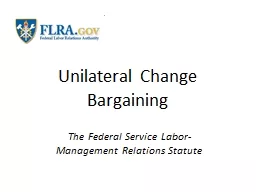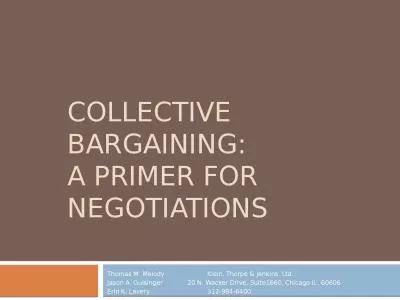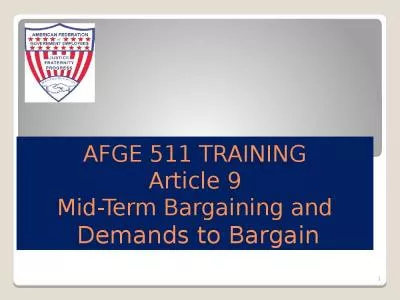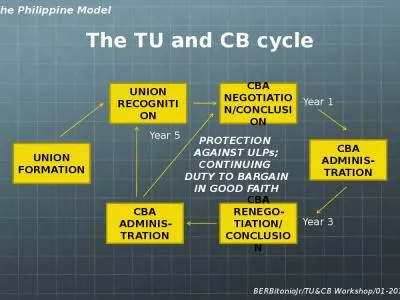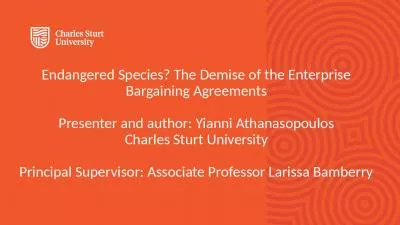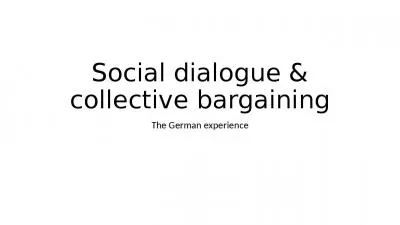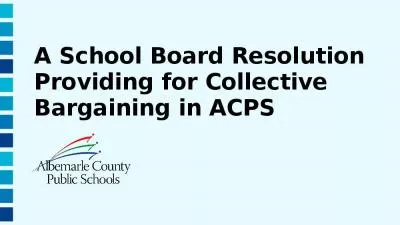PPT-1 Power Control and Bargaining for Cellular
Author : myesha-ticknor | Published Date : 2017-08-21
Operator Revenue Increase under Licensed Spectrum Sharing NetGCOOP Avignon 23112016 Vaggelis G Douros Stavros Toumpis George C Polyzos vaggelisdourosinetsrwthaachende
Presentation Embed Code
Download Presentation
Download Presentation The PPT/PDF document "1 Power Control and Bargaining for Cel..." is the property of its rightful owner. Permission is granted to download and print the materials on this website for personal, non-commercial use only, and to display it on your personal computer provided you do not modify the materials and that you retain all copyright notices contained in the materials. By downloading content from our website, you accept the terms of this agreement.
1 Power Control and Bargaining for Cellular: Transcript
Download Rules Of Document
"1 Power Control and Bargaining for Cellular"The content belongs to its owner. You may download and print it for personal use, without modification, and keep all copyright notices. By downloading, you agree to these terms.
Related Documents

